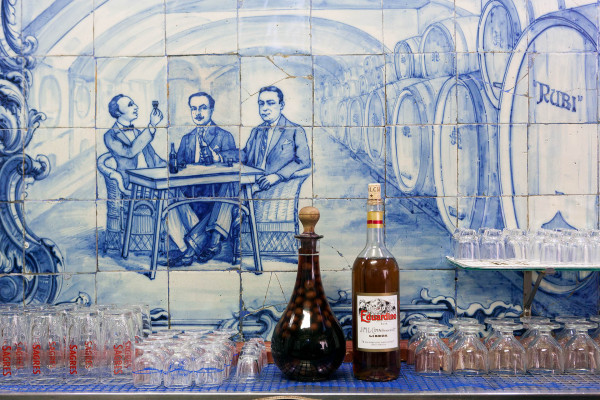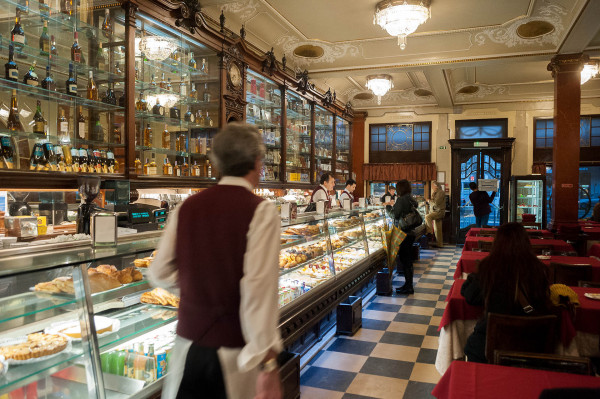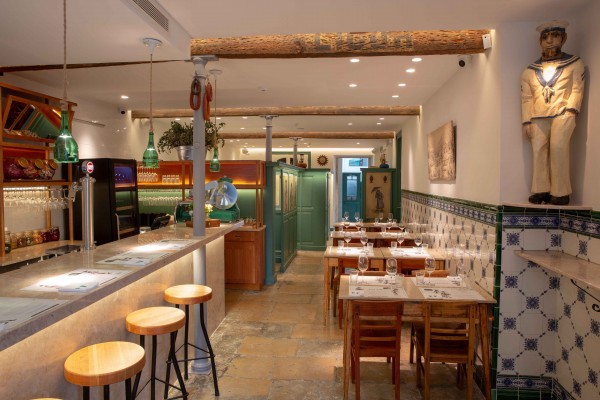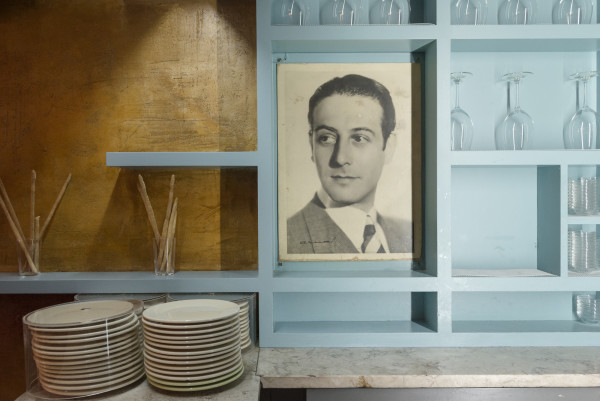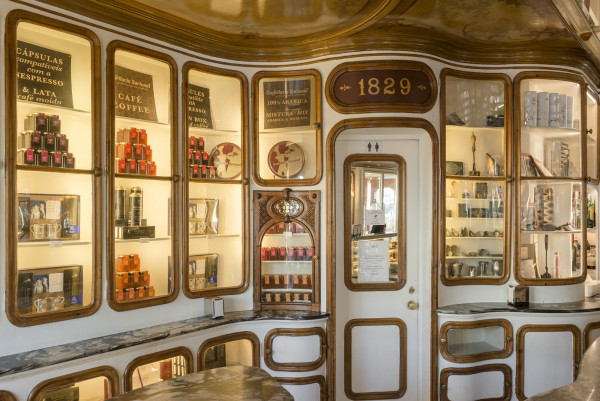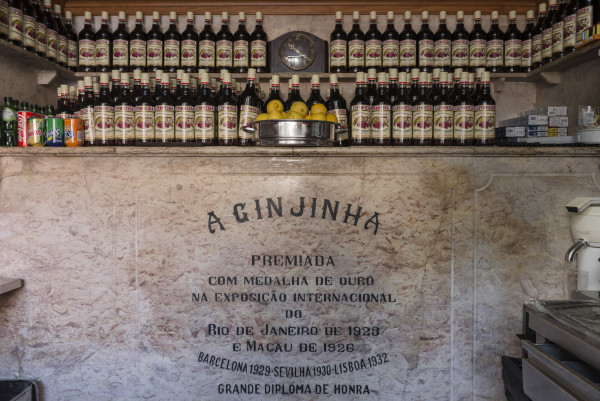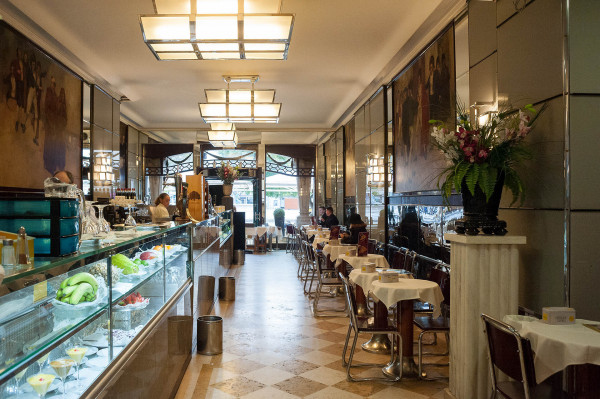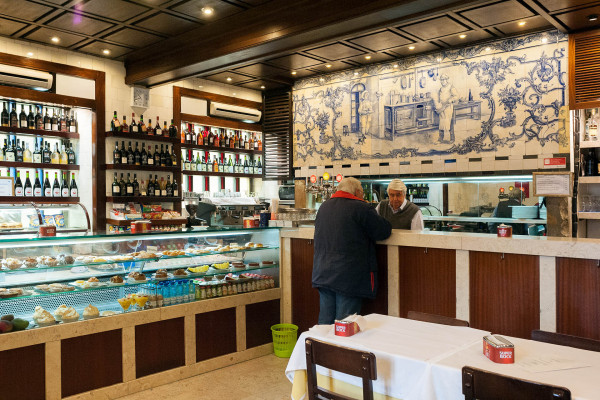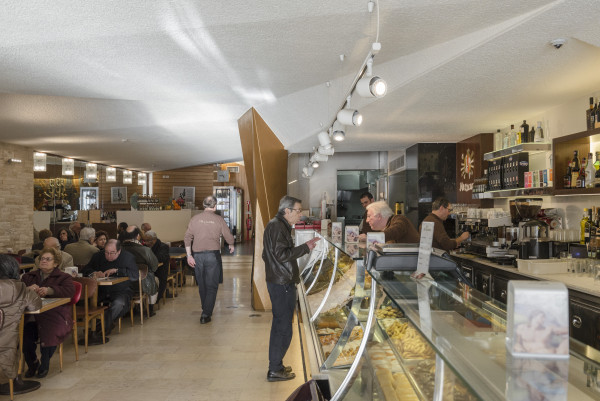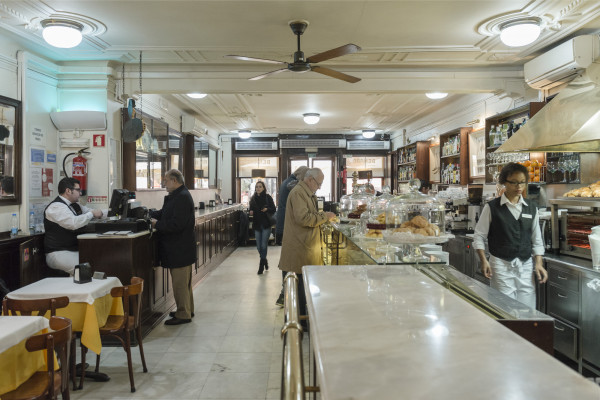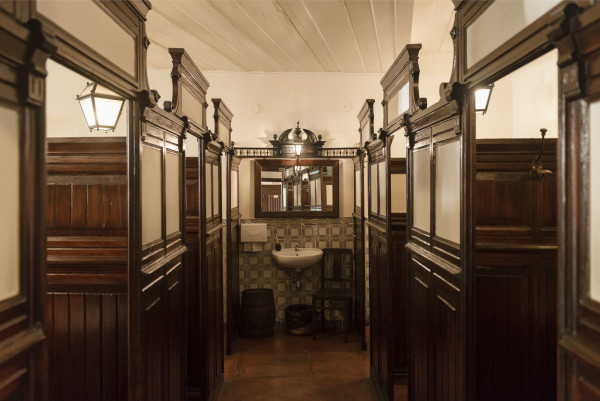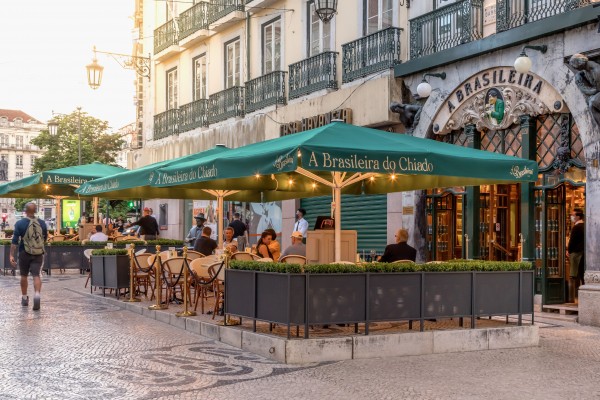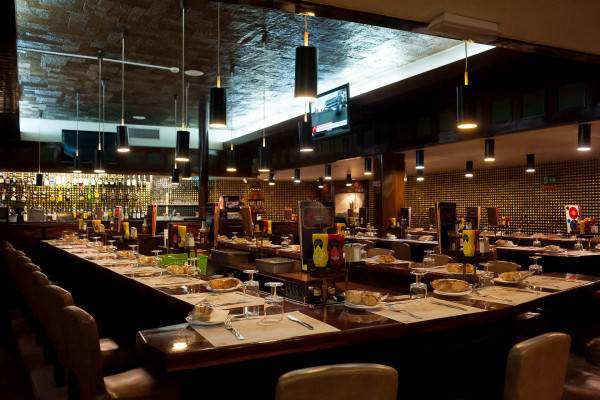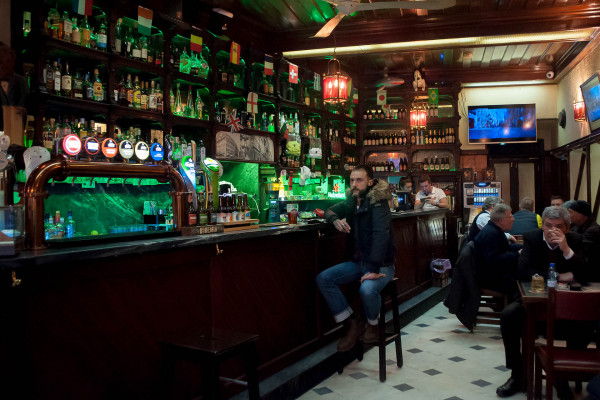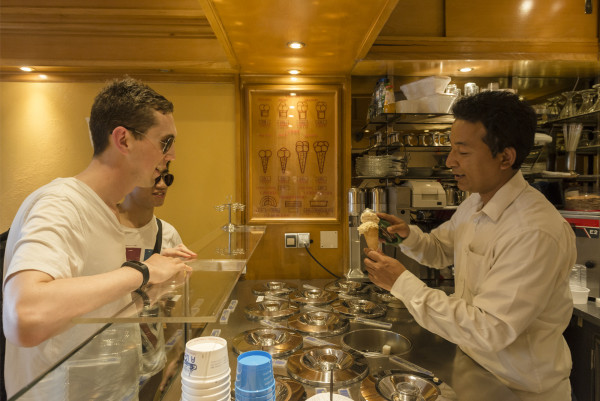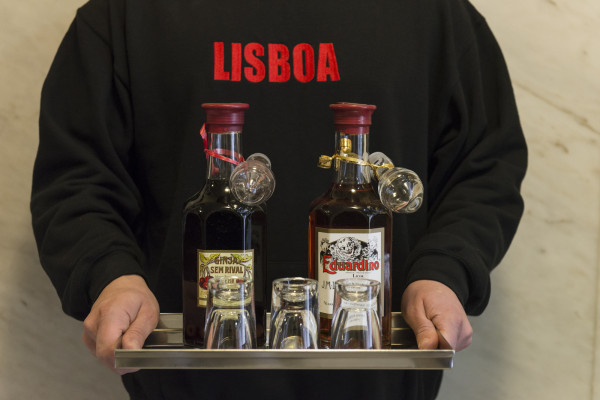The Shop
At least three of Lisbon’s Historic Shops (Manteigaria Silva, A Minhota and this one) take us back to a time when dairy products were sold in specialised shops. A manteigaria sold butter; a leitaria sold milk. It was not rare for the latter to have a cow on site, and it is believed this was the case on the present-day A Camponeza premises. People would come with their own containers and bought the milk straight from the cow.
But it was after these customs had died out that José Domingues Diogo founded his A Camponeza business in 1907. He took advantage of the customer base that would go there for their dairy products and built on that renown. Decades later the shop became a café, and today it functions as a restaurant. The current owner took over the space in 2011, which is also the year when significant renovation work was carried out, whilst maintaining the most important features of the space, in particular the azulejo panels on the façade and interior and the Art Nouveau style relief decoration on the ceilings and supporting beams and structures.
As in A Minhota, the decorative tiles here depict pastoral themes and milk production. They recall a city with an extensive rural periphery which also invaded the bohemian centre, the bourgeois centre, the chic centre that was the Baixa and Chiado districts. The new elements introduced by this recent renovation work were the wallpaper, new furniture and stained glass on the walls. Of course, each new management leaves its own mark on a business, and the Camponeza of the 80s differs from that of the 90s and that of the present day. Today, for example, it serves full meals. The customers have also changed, but then again, so has the city of Lisbon.
For decades A Camponeza did not serve meals; it was more a café with fresh pastries. They did not make their own pastries. It was closer in terms of service to what A Minhota offers today, just a kilometre away. It was a meeting place for a certain group of customers – from the neighbourhood, workers from the local banks, embassies and offices, and students would also come down from the School of Fine Arts, when architecture was still taught there. So, in addition to the convivial atmosphere of A Camponeza, it also became a meeting place for artists. Music, above all, was a reference: in the 80s people like Vitorino and Janita Salomé would frequently come for late afternoon snacks.
The Fine Arts students and younger artists often benefited from the climate of trust, so much so that the café still kept a “book of non-payers” for certain customers; in other words, it operated a “tab” system. In addition to the regular patrons, a cat belonging to the café also wandered freely around; its name was Camponês. Camponês had his fifteen seconds of fame appearing in some shots of the film “Recollections of the Yellow House” by João César Monteiro.
But perhaps more nostalgic than that, at least for those who were children in the 1980s, is the fact that the commercial for “Bombocas” sweets featuring a Santa Claus knocking on the door of a certain shop to get the Bombocas treats for presents to give to children around the world, and the assistant answers with the legendary phrase, “Ah, Bombocas! These are the only ones left, and they’re for me!”. The door Santa Claus knocks on is not in the centre of a town in Lappland – it’s the door of A Camponeza.
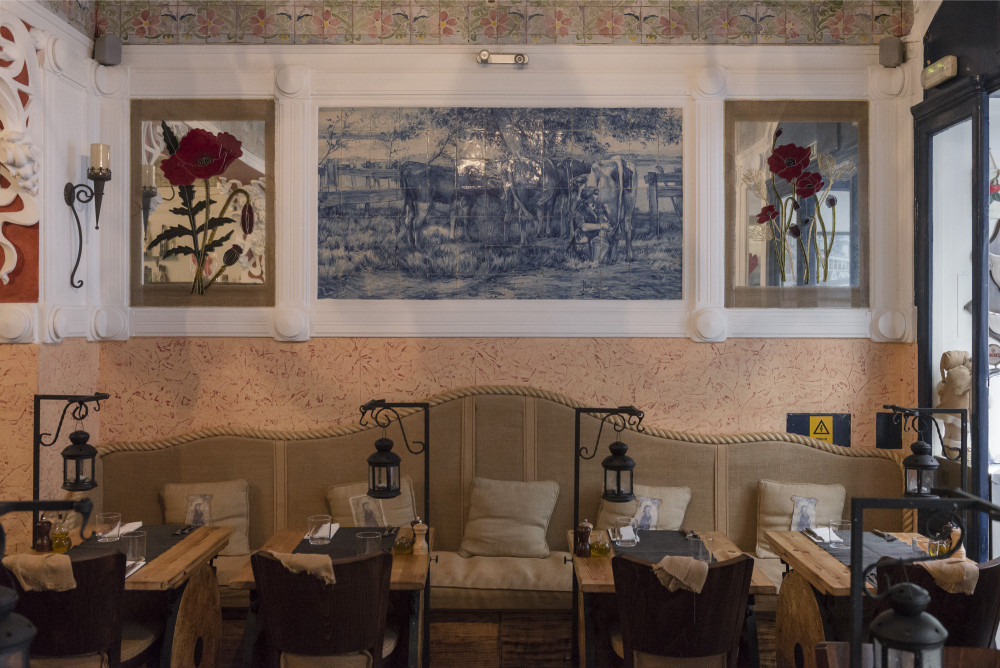

Products
& Services
Restaurant

